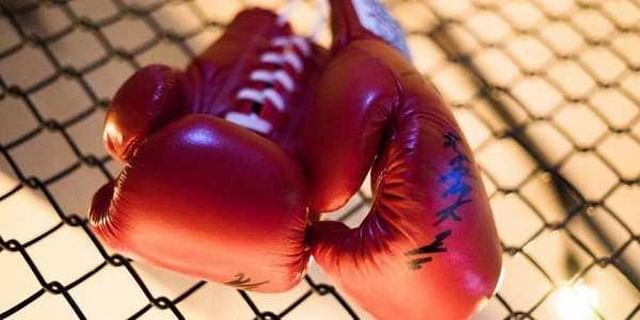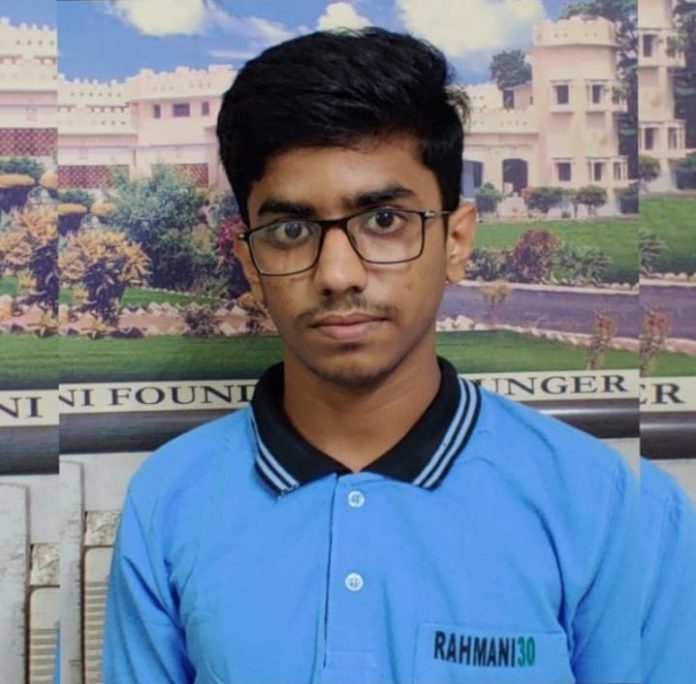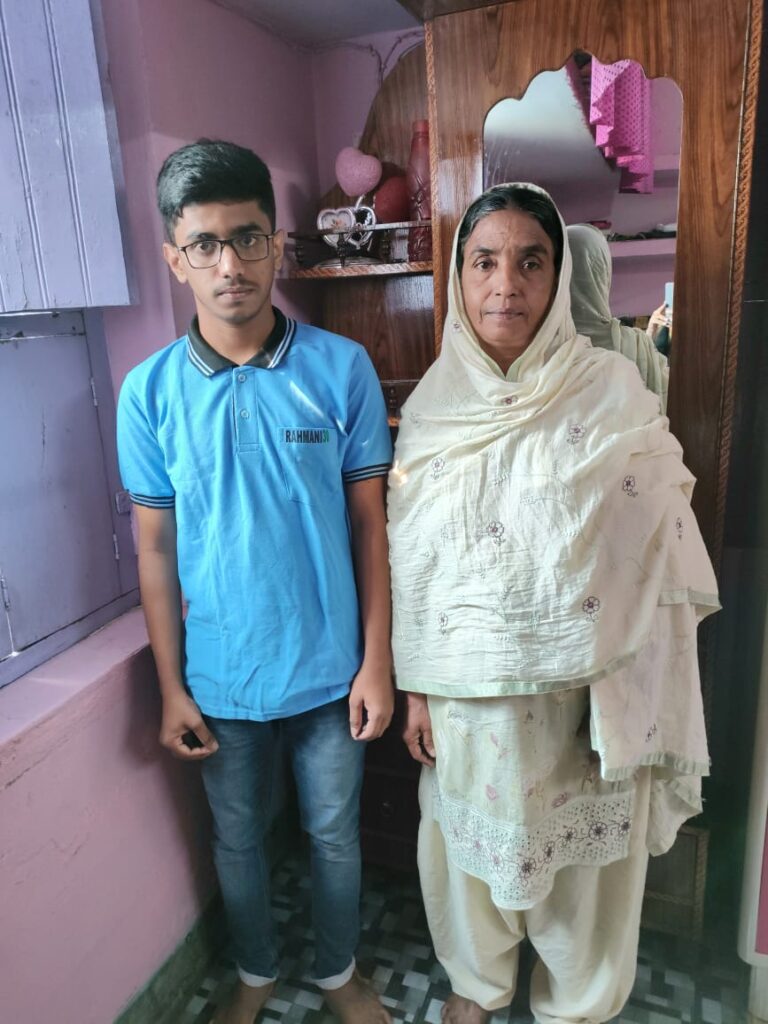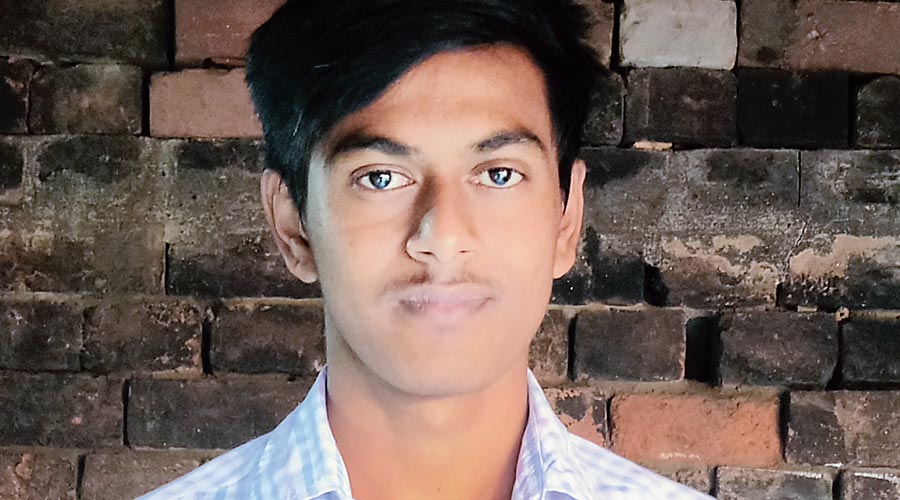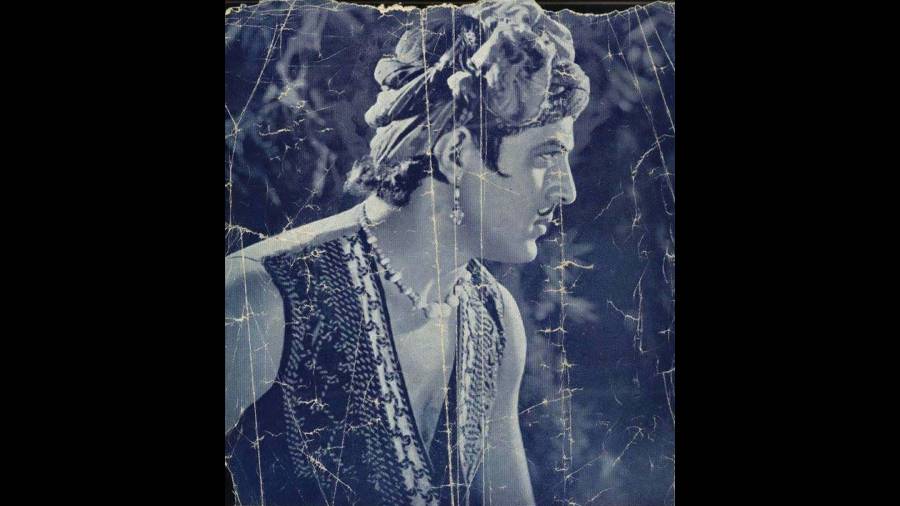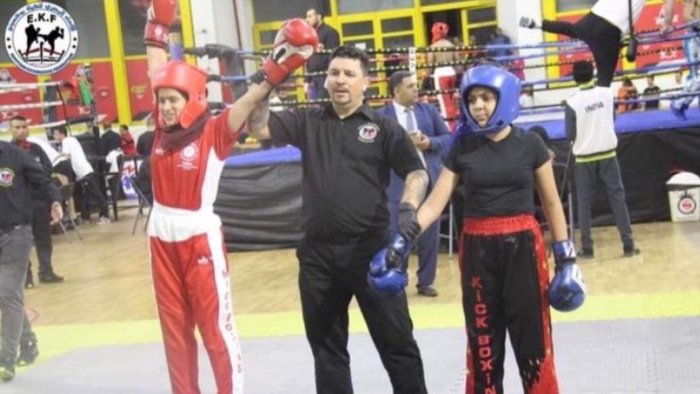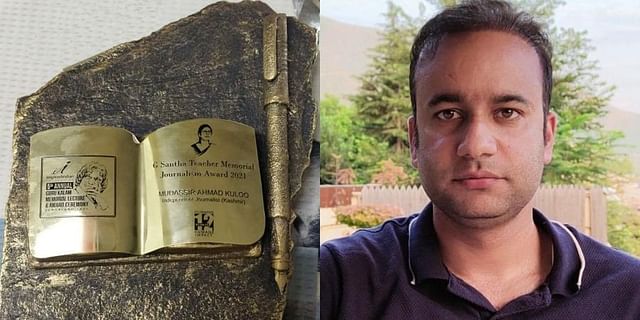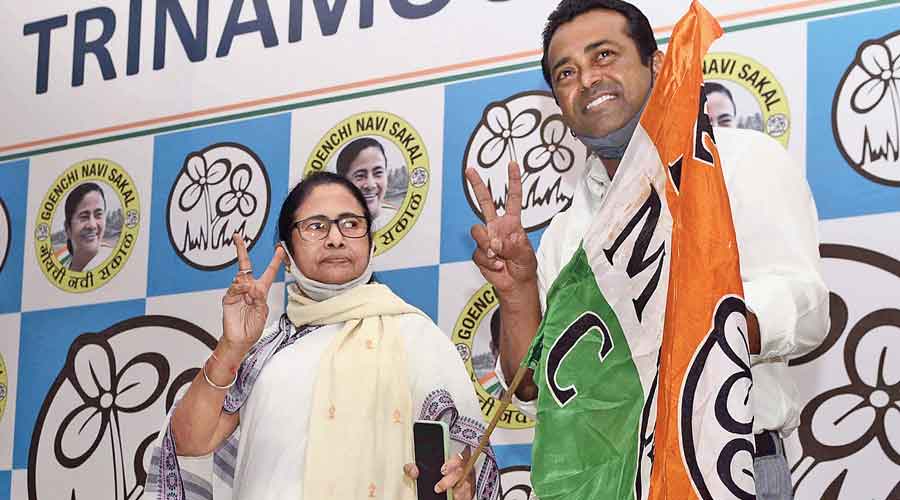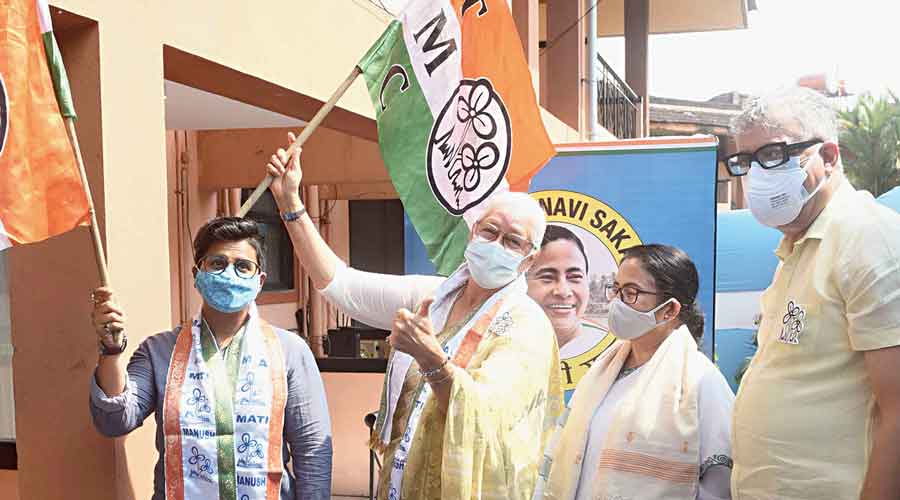Mohabbatpur Village (Malda), WEST BENGAL :
The young doctor arranges transport for those living in remote areas, holds regular health camps, reports Pranab Mondal.pix
West Bengal :
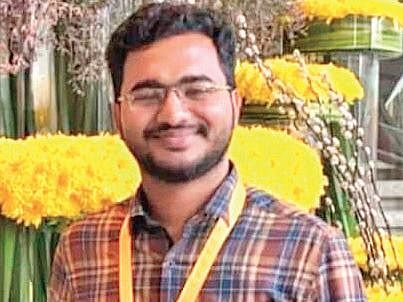
As a junior doctor at Burdwan Medical College and Hospital, Dr Golam Ahmed Kibria became overwhelmed by the heart-wrenching ordeals of the underprivileged patients admitted here. “After joining the service, I saw how the poor had to suffer after a nationwide lockdown was announced last year to reach the state-run hospital in Burdwan. Many failed to turn up at the hospital because they couldn’t arrange for vehicles,” said Dr Kibria.
Witnessing these unfortunate circumstances reminded him of a line from the customary oath that medical students take: “I solemnly pledge myself to consecrate my life to the service of humanity.” So Dr Kibria decided to start doorstep healthcare services for the marginalised. After his duty hours, he would organise free health camps in remote pockets of the district and even distribute free medicines.
“In a camp at Memari held on last October 4, I saw a three-and-a-half-year-old child suffering from frequent convulsions and his illiterate parents were helpless. I immediately made all arrangements to get the child admitted to Burdwan Medical College and Hospital where it was detected that he was suffering from Sturge-Weber Syndrome, a rare congenital neurological and skin disorder.” The child was discharged after he recovered.
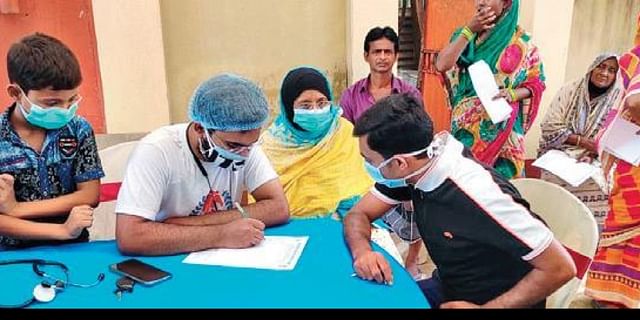
In another camp, a woman in her early 60s turned up. “She was not in a position to move because of severe orthopaedic disease. Her family said they had gone door-to-door of rural hospitals but none could cure her. The orthopaedic surgeons at our hospitals identified the exact problem and gave her proper treatment,” he said.
Dr Kibria hails from Mohabbatpur village, Malda, which means a ‘hamlet/town of love’. His act of serving the poor reflects the meaning of his ancestral village’s name. He is the first male in his village to have cracked the medical entrance examination. “Treating patients with different ailments is not possible as a junior doctor. But I ensure their transport to the district hospital with the help of my colleagues, so that needy patients get speedy treatment and necessary pathological tests done,” said Dr Kibria, who organises two free health camps every month.
Realising he needs more man-power to serve the poor, Dr Kibria recently set up a welfare organisation called Prayas. It has 163 members and over 160 doctors. “We also provide rations and financial support to get daughters of poor families married off. Helping every poor person is beyond our capacity. But we try to reach the families who are in deep distress. We have already spent over `11 lakh for this purpose,” he said.
The 26-year-old doctor and his team even reached the areas ravaged by Cyclone Yash in West Bengal. “We held many camps in the affected areas and distributed free medicines. I do it all for the people of my country as my duty,” Dr Kibria signs off.
source: http://www.newindianexpress.com / The New Indian Express / Home> Good News / by Pranab Mondal, Express News Service / November 07th, 2021
